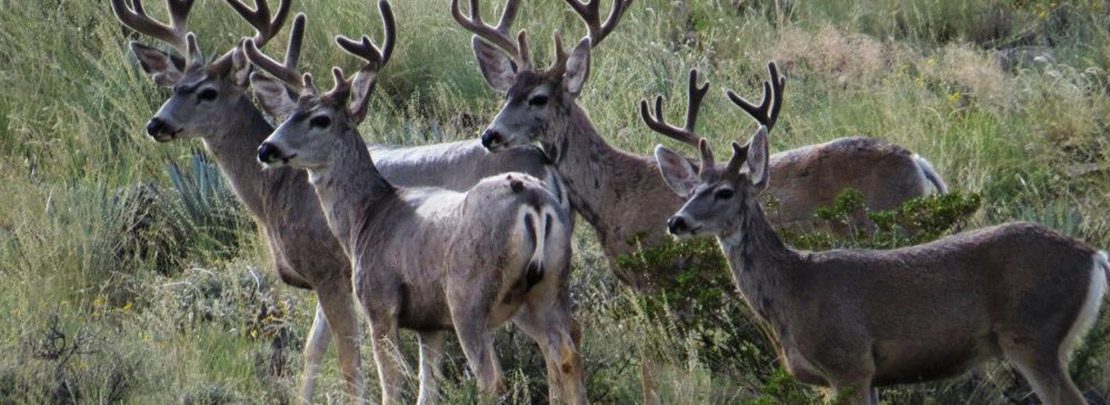This is due, in large part, to forward-thinking conservationists in the late 1800s and early 1900s who saw the need to preserve wildlife and their habitats. Their efforts were the source of the North American Model of Wildlife Conservation, which strives to sustain wildlife species and habitats through sound science and active management.
Unlike the European model, in which wildlife was reserved for the well-off, the North American Model says wildlife is to be managed for noncommercial use by individuals. It calls for using science, not politics, to manage wildlife populations, and to manage our fish and game to ensure wildlife populations are sustained forever.
In addition, the North American Model demands equitable distribution of our game and fish resources, meaning everyone has equal opportunity to hunt and fish on public lands – regardless of their social status or wealth.
It also says sportsmen should be responsible for the cost of wildlife management through the license fees and taxes they pay, and that hunting and fishing laws should be made in a transparent, public process. NMWF relies on the North American Model of Wildlife Conservation to guide its decision-making on everything from fishing and hunting bag limits to equitable distribution of big game licenses to proper public notice before Game Commission decisions.




